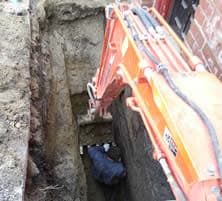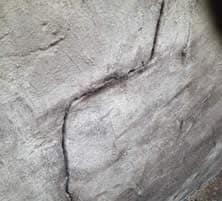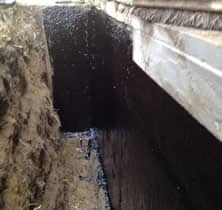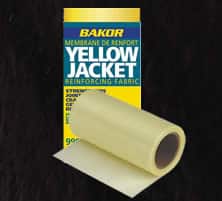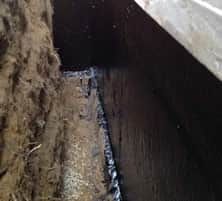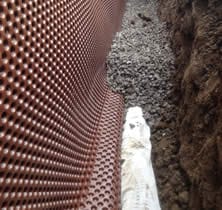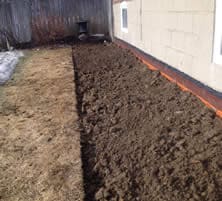- 230 Queens Quay W, Toronto, ON M5J 2X1
- (416) 837-1077
- Send Mail
- Get a Quote
Edit Content

- Exterior Waterproofing
- Interior Waterproofing
- All Services
We Are Your Basement Waterproofing Experts
- Waterproofing Tips
- Contact
Have a Question?
Ask us here; we will get back to you within 30 minutes.
Contact us
- (416) 837-1077
- info@royalwork.ca
- 230 Queens Quay W, Toronto, ON M5J 2Y7, Canada

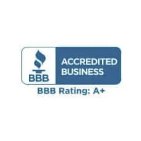
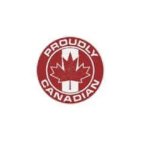

Edit Content

- Exterior Waterproofing
- Interior Waterproofing
- All Services
We Are Your Basement Waterproofing Experts
- Waterproofing Tips
- Contact
Have a Question?
Ask us here; we will get back to you within 30 minutes.
Contact us
- (416) 837-1077
- info@royalwork.ca
- 230 Queens Quay W, Toronto, ON M5J 2Y7, Canada









